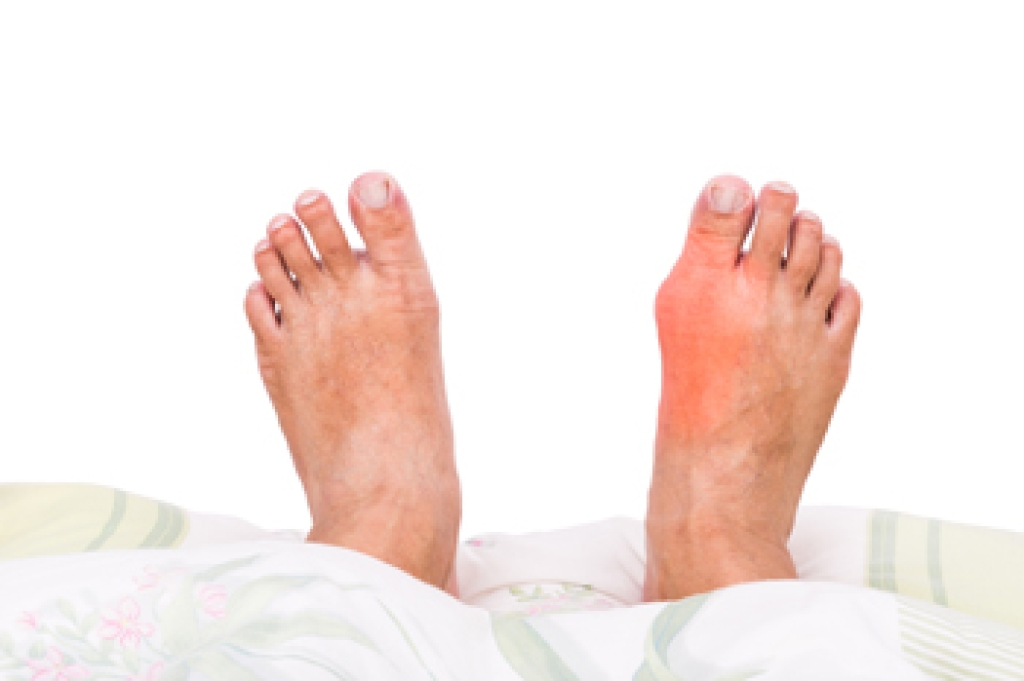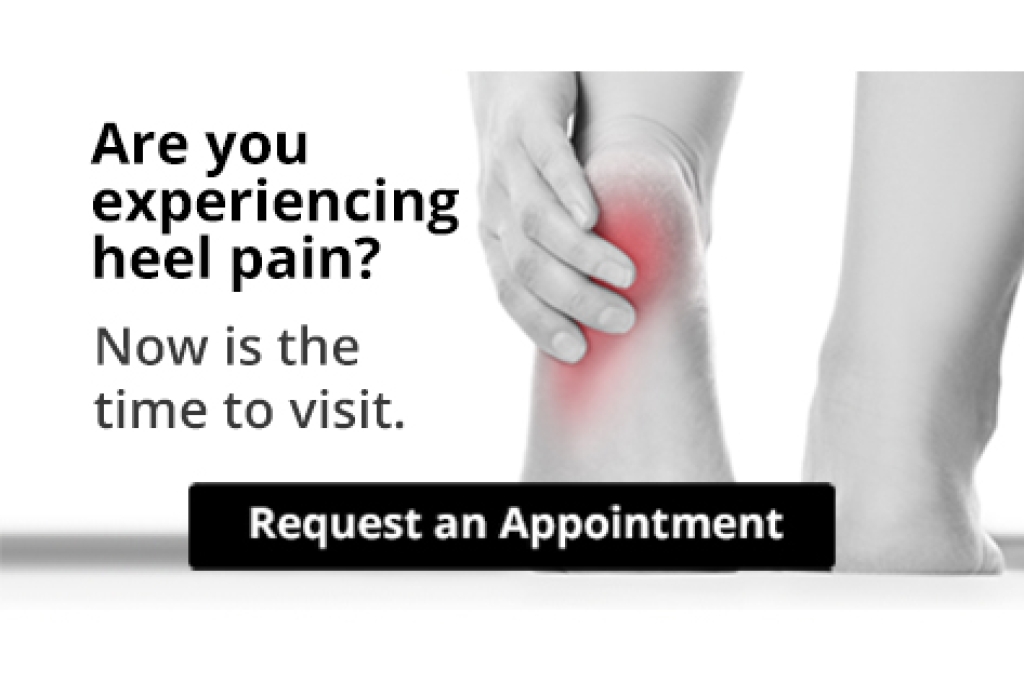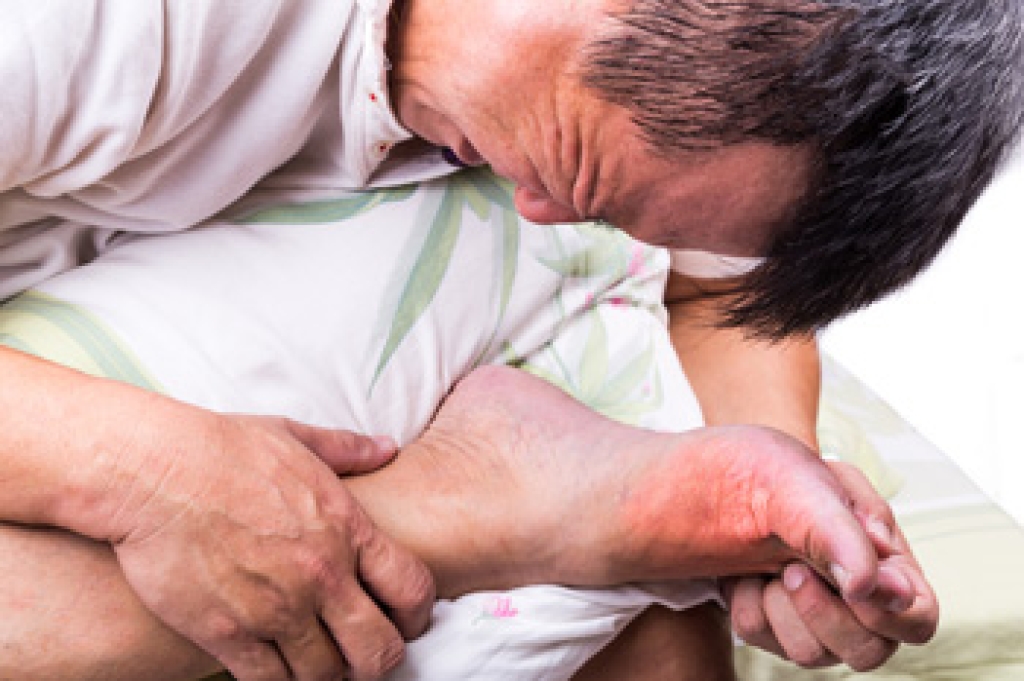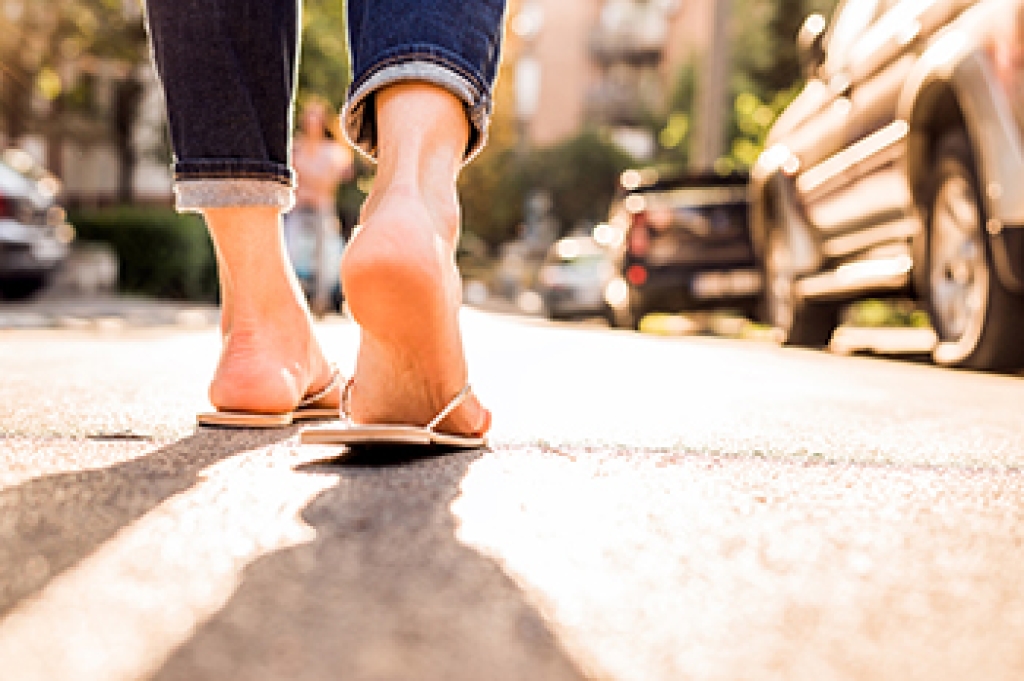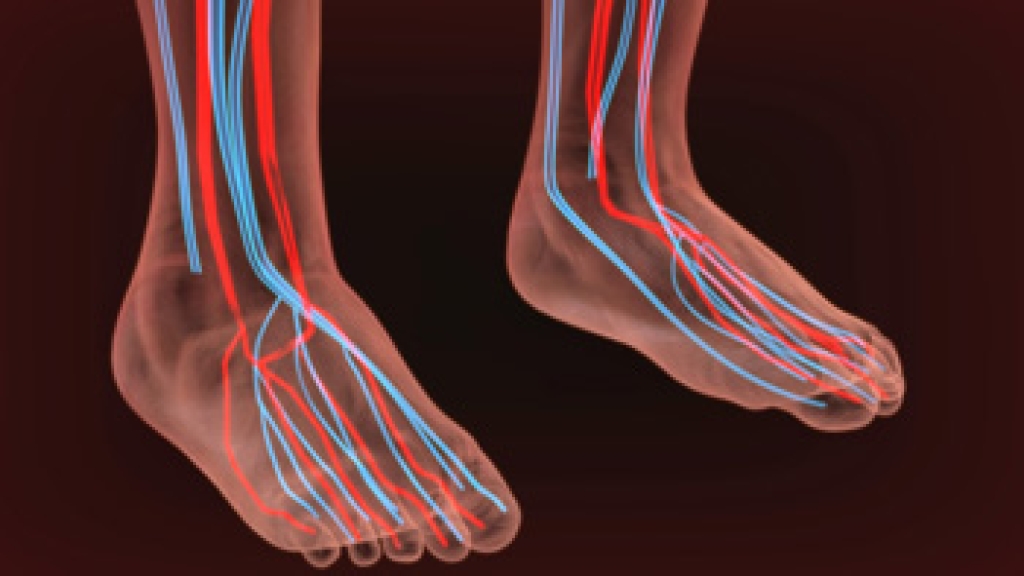 The condition that is known as peripheral artery disease (PAD) can be a result of restricted blood flow to the arteries. This can occur due to a cholesterol disease, or if scar tissue has developed. PAD can cause the feet to have tingling or numbing sensations, and it may make it difficult to feel existing cuts or bruises on the feet. Research has indicated that it is beneficial to perform gentle foot and leg stretches, as this may help to improve circulation. Additionally, it can help to maintain healthy eating habits which often include drinking plenty of water. If your feet feel numb, you may have PAD, and it is strongly suggested that you seek the care of a podiatrist who can properly diagnose and treat this condition.
The condition that is known as peripheral artery disease (PAD) can be a result of restricted blood flow to the arteries. This can occur due to a cholesterol disease, or if scar tissue has developed. PAD can cause the feet to have tingling or numbing sensations, and it may make it difficult to feel existing cuts or bruises on the feet. Research has indicated that it is beneficial to perform gentle foot and leg stretches, as this may help to improve circulation. Additionally, it can help to maintain healthy eating habits which often include drinking plenty of water. If your feet feel numb, you may have PAD, and it is strongly suggested that you seek the care of a podiatrist who can properly diagnose and treat this condition.
Peripheral artery disease can pose a serious risk to your health. It can increase the risk of stroke and heart attack. If you have symptoms of peripheral artery disease, consult with one of our podiatrists from Community Foot Specialists. Our doctors will assess your condition and provide you with quality foot and ankle treatment.
Peripheral artery disease (PAD) is when arteries are constricted due to plaque (fatty deposits) build-up. This results in less blood flow to the legs and other extremities. The main cause of PAD is atherosclerosis, in which plaque builds up in the arteries.
Symptoms
Symptoms of PAD include:
- Claudication (leg pain from walking)
- Numbness in legs
- Decrease in growth of leg hair and toenails
- Paleness of the skin
- Erectile dysfunction
- Sores and wounds on legs and feet that won’t heal
- Coldness in one leg
It is important to note that a majority of individuals never show any symptoms of PAD.
Diagnosis
While PAD occurs in the legs and arteries, Podiatrists can diagnose PAD. Podiatrists utilize a test called an ankle-brachial index (ABI). An ABI test compares blood pressure in your arm to you ankle to see if any abnormality occurs. Ultrasound and imaging devices may also be used.
Treatment
Fortunately, lifestyle changes such as maintaining a healthy diet, exercising, managing cholesterol and blood sugar levels, and quitting smoking, can all treat PAD. Medications that prevent clots from occurring can be prescribed. Finally, in some cases, surgery may be recommended.
If you have any questions, please feel free to contact our offices located in Beavercreek, Dayton, and Vandalia, OH . We offer the newest diagnostic and treatment technologies for all your foot care needs.
